Types of eBikes: A Complete Guide to Finding Your Perfect Electric Ride
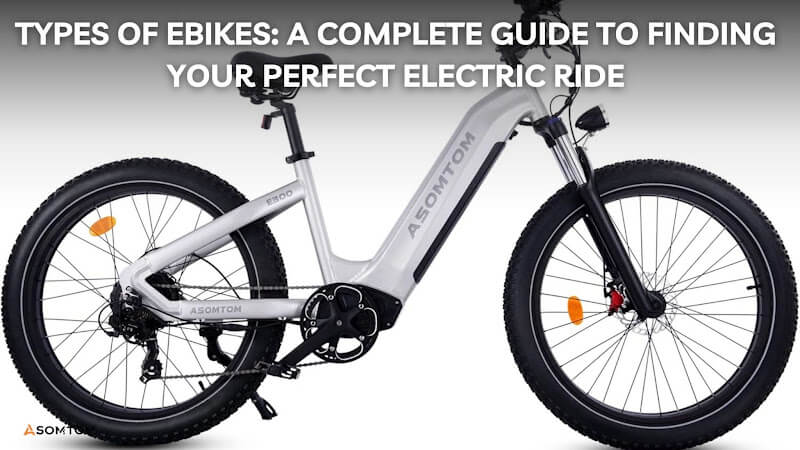
EBikes are suited for different lifestyles and terrains, and knowing the model types aids in making the correct choice, be it for commuting, off-roading, or carrying loads. Understanding the various types of eBikes ensures smarter choices, providing better riding experiences tailored to personal transportation objectives.
Understanding eBikes: The Basics
Electric bicycles have motors and batteries that assist via pedaling or throttle, and their major parts are: battery, motor, sensors, and controller. For all riders, it is a comfortable and eco-conscious substitute. These components, together with the rider's efforts, place eBikes between bicycles and scooters.
Classification by Riding Style
1. Commuter eBikes
Commuter grade ebikes include an automatic braking system that take the role of pedals, synergistically working with the motors and stimulating sensors that mimic the rider’s effort. These models are created to allow effective city riding and commuting, such as Urban Commuter Elegance E-Bike RV3 that offers a 612W peak motor, 360Wh battery, and a top speed of 25mph.
2. Mountain eBikes (eMTBs)
Mountain ebikes come with higher grade motors for steep trail climbs and rougher builds with a higher suspension. An example is The Full-Suspension Fat Tire SR6 which has 1200W peak power and a 460Wh battery packed with 26x4” tires enabling trail seekers to get 50-60 miles per single charge on tough terrain.
3. Road eBikes
Road ebikes have specialized features for cruising at speed and having maximized distance on maintained surfaces. They differ from normal bikes due to the amplified motor responsiveness, lightweight frame, and slim tires, making it effortless to ride and ideal for riders seeking fitness.
4. Hybrid eBikes
Comfort and versatility tailored to riders best describe hybrid ebikes as they sit in between urban riding and light trail riding. They maneuver around city traffic and engage in light trail riding. Hybrids excel in fitness activities, commuting, and leisurely rides, which makes them the best among the types of eBikes for varied terrains.
5. Folding eBikes
These types of eBikes offer mobile practicality without convenience as they have lightweight frames and can be easily folded for cramped spaces such as trains and apartments. Their Folder designs save space for commuters with limited space.
6. Cargo eBikes
For rugged terrain, fat tire eBikes with wide tires are the best. They are designed for adventure riders who require stability on tricky roads as well as snow, sand, and rocky terrain. These eBikes, unlike mountain or standard road eBikes, offer great comfort and durability across all terrains.
7. Fat Tire eBikes
Commercial riders are not the only users of cargo eBikes; adventurous riders also use them. The Low-step Dual-battery Cargo E-Bike MAMMOTH has other useful specs like a 1200W motor and 1440Wh battery. Together with a weight limit of 500 lbs, it is perfect for parents and other businesses. The eBike’s heavy power and load capabilities enable parents and delivery workers to maximize utility in daily tasks.
Check this - https://www.asomtom.com/products/low-step-dual-battery-cargo-ebike-mammoth
8. Cruiser eBikes
The wide saddles and upright seating on Cruiser eBikes ensure maximum comfort and beauty. They are ideal for riding along the beach or taking strolls through parks, as well as for picturesque leisurely rides, and are designed for those who enjoy easy-paced cycling.
Classification by Motor Placement
1. Hub-Motor eBikes
The motor of Hub-motor eBikes is located in the front or rear wheel hub. With low maintenance and affordability, these systems make for a wise purchase. These are a popular choice for recreational bikers, providing smooth assistance on flat surfaces.
2. Mid-Drive eBikes
These enable steep climbs and are good for long rides because of their torque; mid-drive motors are positioned in the crankset for better weight balance. Mid-drives are efficient optimally for sustained steep drives and support mountain riding, heavy cargo commuting, or professional cycling.
Classification by Power and Speed
1. Class 1 eBikes (Pedal Assist)
Pedal-assist eBikes require the rider to pedal, providing assistance only to offer additional propulsion, making the ride feel very natural. Their simplicity makes them a preferred option for fitness and exercising, while eBikes tailored for advanced users ensure that seasoned riders get the support they need.
2. Class 2 eBikes (Throttle Assist)
Class 2 eBikes don't rely on pedaling for function, powering directly through a throttle. They maintain the same limitations as Class 1 eBikes but make cycling incredibly effortless on flat surfaces. These eBikes are most suitable for seniors, casual riders, and individuals who require immediate power on demand for short distances, whether for commuting or recreational activities.
3. Class 3 eBikes (Speed Pedelecs)
Pedal assist comes with Class 3 eBikes that reach speeds up to 28MPH. They are mandated to wear helmets and might face some access limitations. These types of eBikes are perfect for commuters who prioritize speed, or other seasoned cyclists wanting quick, controlled travel through the city.
Battery Types and Their Implications
Efficiency and longevity guarantee the annual dominance of lithium-ion batteries in the eBike market. With lead-acid comparisons, they’re lighter and offer better range. All types of eBikes are affected by the battery size which impacts performance, so choosing the right battery is crucial for the distance, terrain, and daily usage.
eBike Frame Materials
The frame of eBikes can be made from aluminum, carbon fiber, or steel. Each type has its own specifications; aluminum is affordable and lightweight, carbon fiber is high performing, and steel is robust albeit heavier. The frame material will determine durability, weight, and cost which all need to be evaluated when assessing different types of eBikes.
Price Range and Affordability
There is a variety of models at every price point, and the types of eBikes you choose will depend on your budget. Your price range determines motor power, battery life, material grade, and overall riding experience. Entry-level models offer basic features, mid-range models provide a balance between value and performance, while high-end models deliver top-of-the-line specifications.
Choosing an eBike Based on Your Lifestyle
Choose an eBike that meets your specific needs. The SR6 fits thrill-seekers the best, the RV3 is meant for urban travelers, while cargo riders are best suited to the MAMMOTH. Regardless of the type, ASOMTOM leverages tried and tested technology to deliver unmatched comfort, power, and mobility on all eBikes, carving a distinct experience for the rider.
Explore - https://www.asomtom.com/products/full-suspension-electric-mountain-bike-sr6
Maintenance and Care for Different Types of eBikes
Routine maintenance helps in retaining the performance of your eBike. Models designed for the city need chain and brake servicing, while mountain bikes require suspension servicing. Care of the battery, as always, is the same for everyone. Each category of eBikes comes with different servicing requirements, so carry out maintenance tailored to the intended purpose of use for enhanced safety and increased lifespan.
Safety and Legal Considerations
Always use riding aids such as protective helmets and lights, observe local laws, and wear a helmet light. Familiarizing yourself with eBike legislation helps you comply legally as well. Every model comes with different built-in mechanical features that aid eBike riders, so ASOMTOM makes sure that all types provide ease of enjoyment without worry during travel, regardless of terrain.
Sustainability and Environmental Impact of eBikes
EBikes lessen the use of harmful gases and waste products. They are far greener compared to cars. ASOMTOM is one of the brands that adheres to eco-friendly production standards. There is now a widening selection of eBikes, which promotes green commuting and healthier cities, along with mindful travelling.
Visit them - https://www.asomtom.com/
Future Trends and Innovations in eBike Technology
Expect smarter features such as GPS tracking, regenerative braking, and AI-based assistance. Battery life and efficiency of the motor is constantly being improved. For all kinds of eBikes, the various forms intertwine technology and nature, making electric biking easier and more fundamental to metropolitan life.
Conclusion
Riders also experience the range from passenger to cargo e-bikes. Since city riding or trail exploring, or even carrying treasure, ASOMTOM has an eBike tailored to you. Make your selection and step into a transforming, sustainable, and refreshing mode of advancement.
Have a look - https://www.asomtom.com/
Frequently Asked Questions (FAQs)
-
What is the best eBike type for daily commuting?
Best for daily commuters, these eBikes provide comfort, practicality, and urban travel ease due to urban travel ease efficiency fenders or racks and lights all included. -
How long do eBike batteries typically last?
Regular maintenance and no complete discharges aid extend lifespan. In terms of usage eBike batteries usually last 3 to 5 years while quality and charging habits also play an important role. -
Are electric mountain bikes suitable for beginners?
Electric mountain bikes can fit beginners, yes, For confidence building on trails, lookout for moderate power, basic suspension, and easy controlling features. -
Can I ride a Class 3 eBike anywhere?
No, Class 3 eBikes have widespread limitations on bike paths and trails. Always check local guidelines before navigating shared or off-road zones.

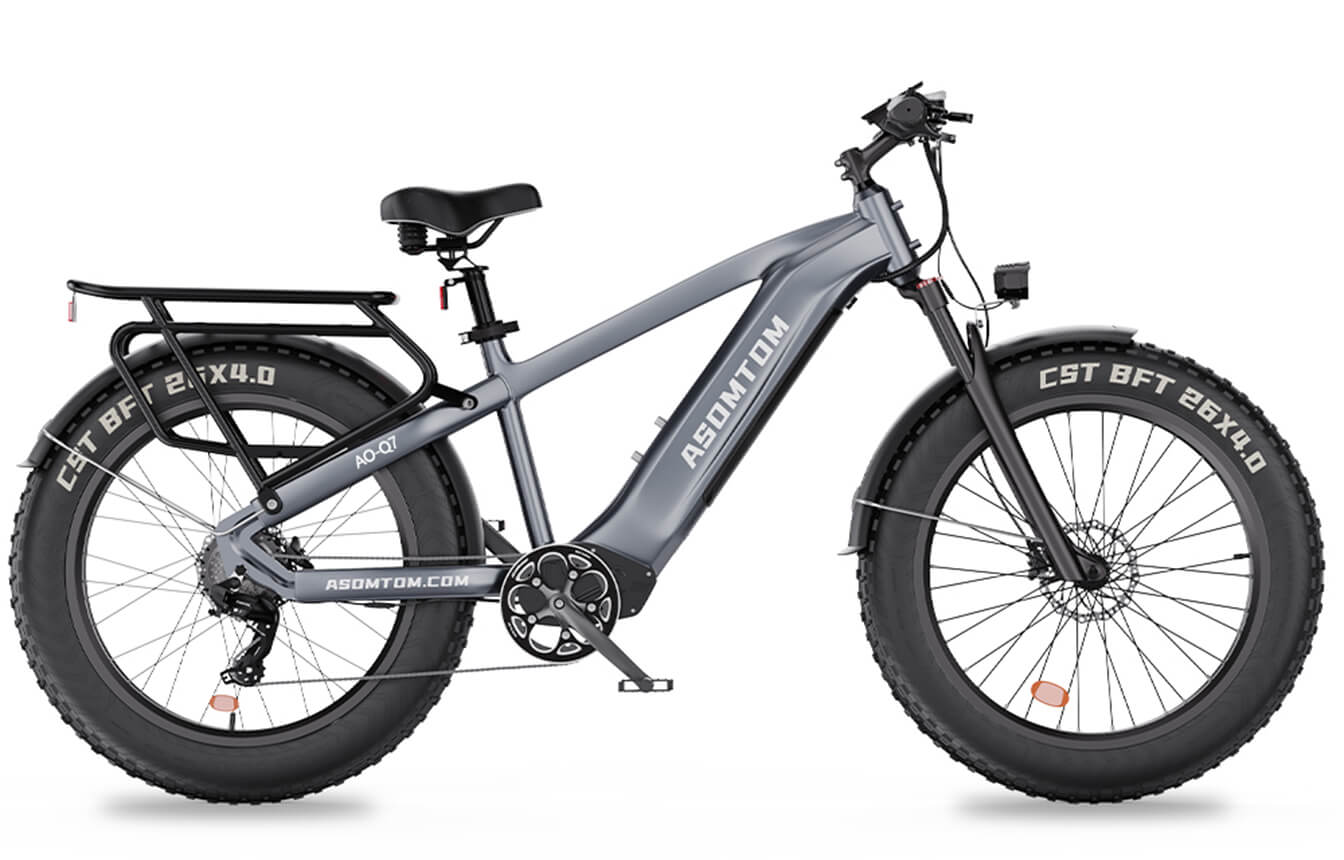

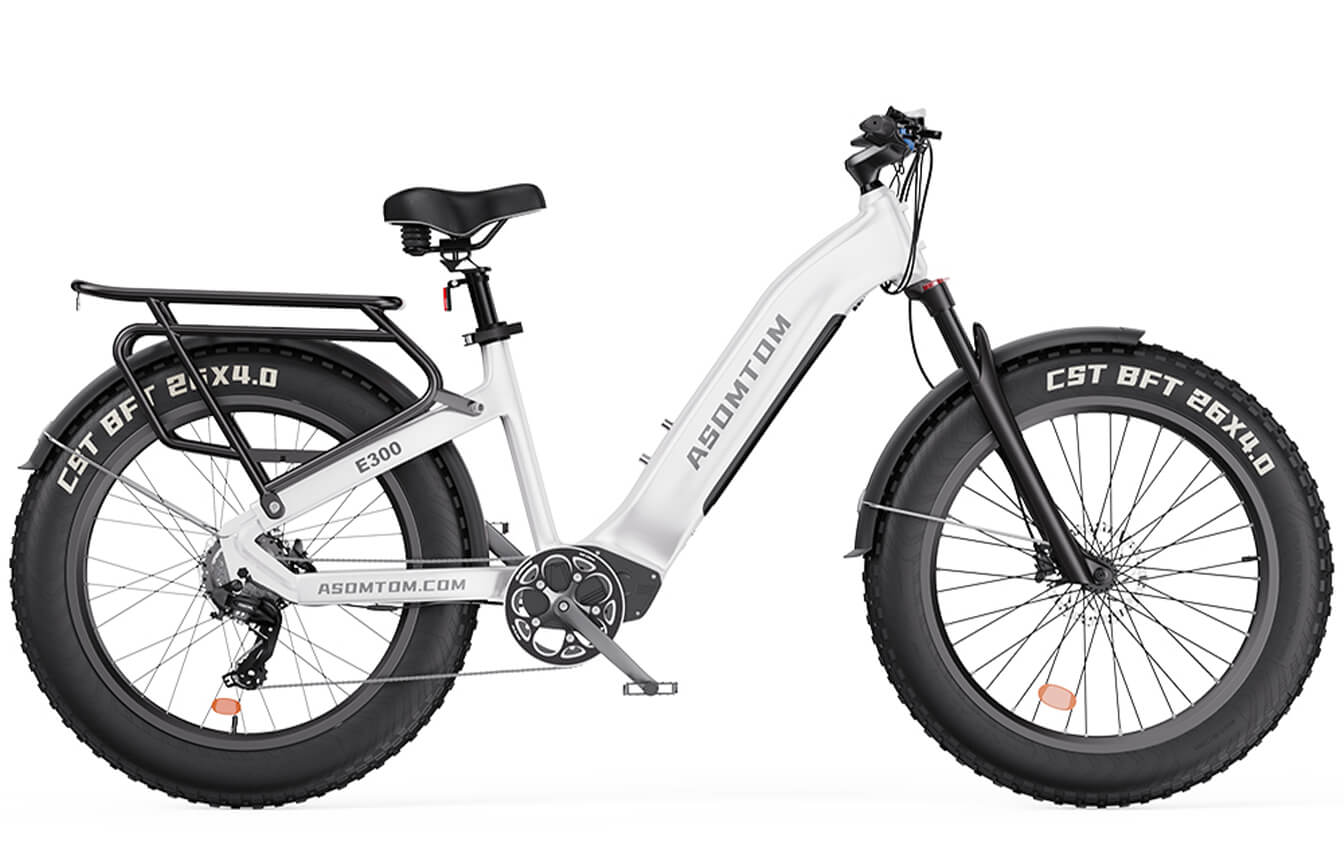
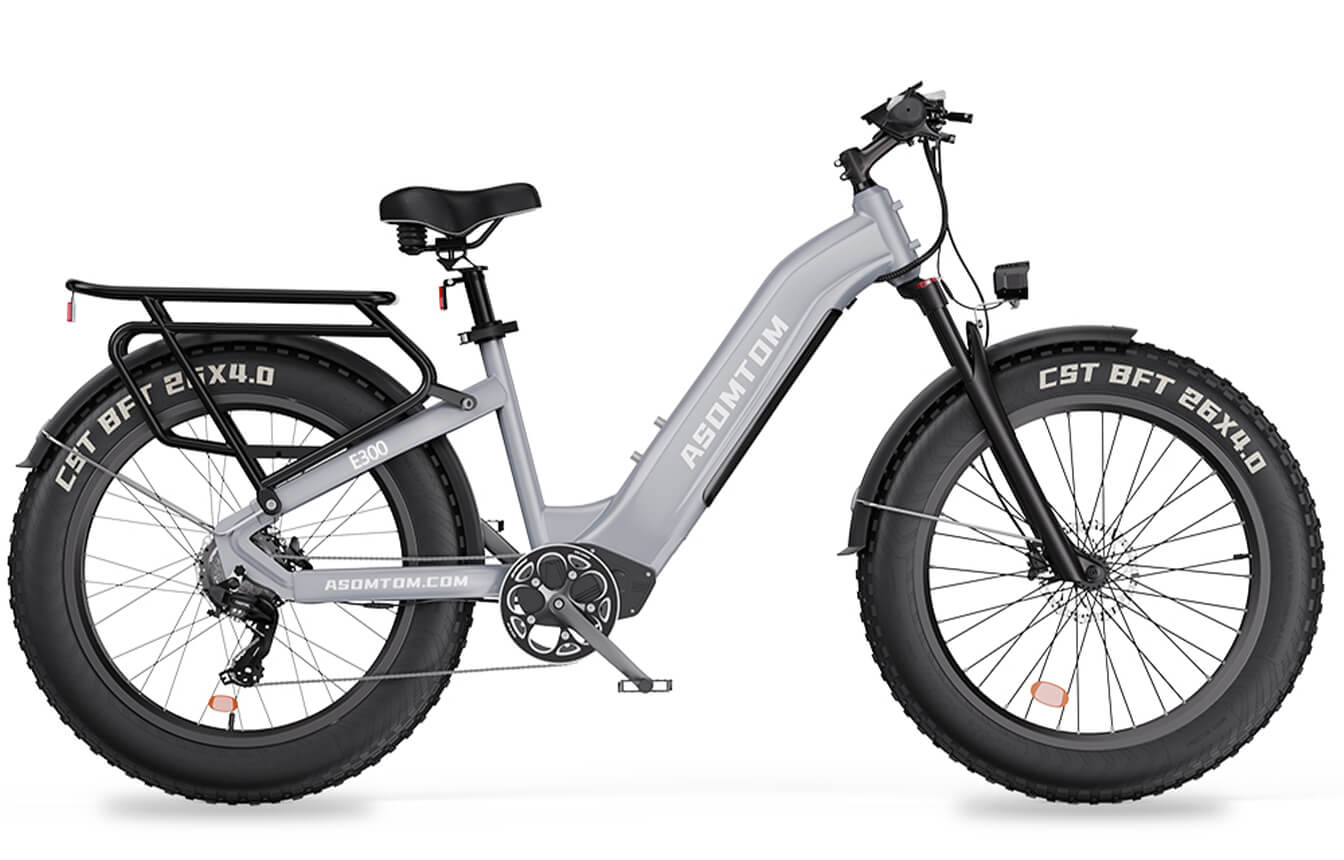
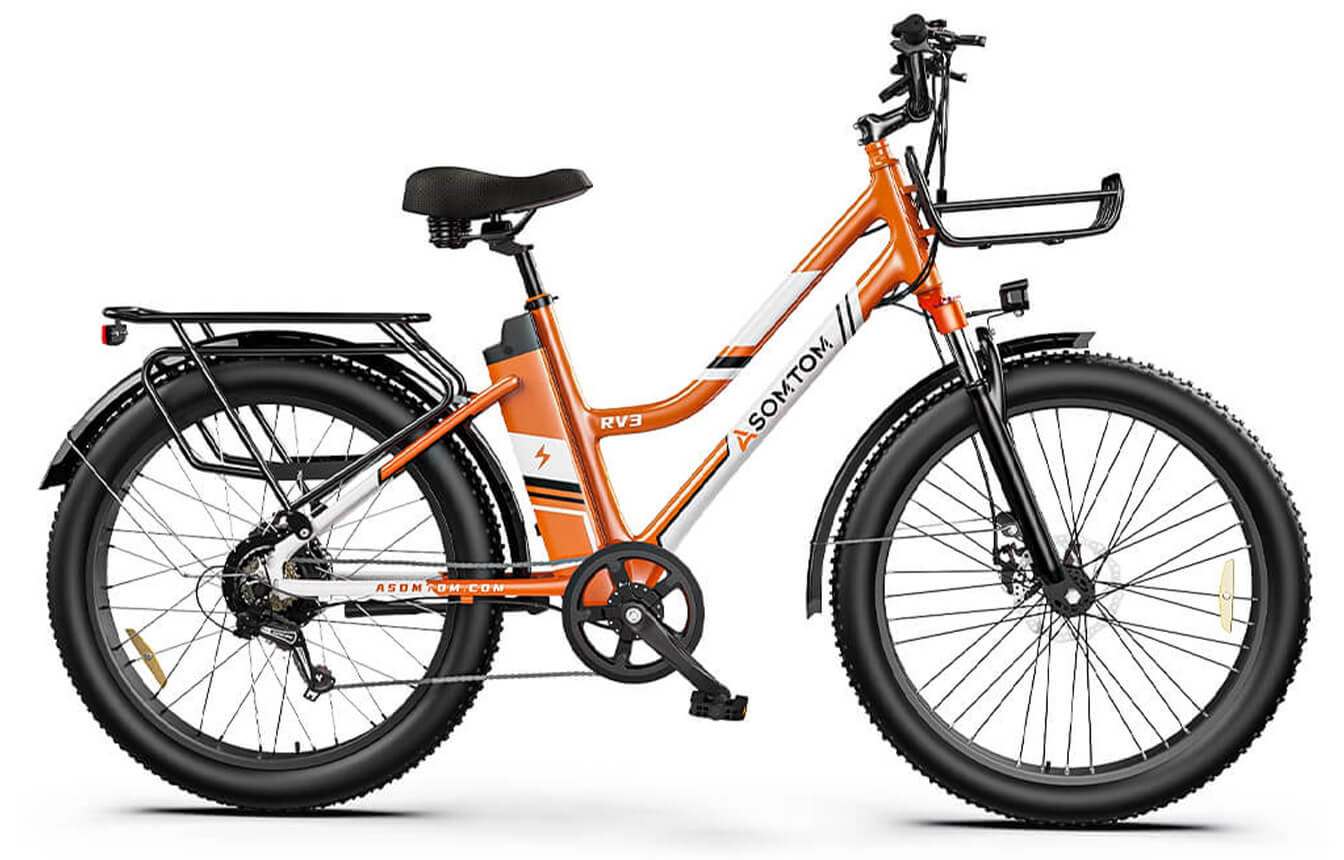



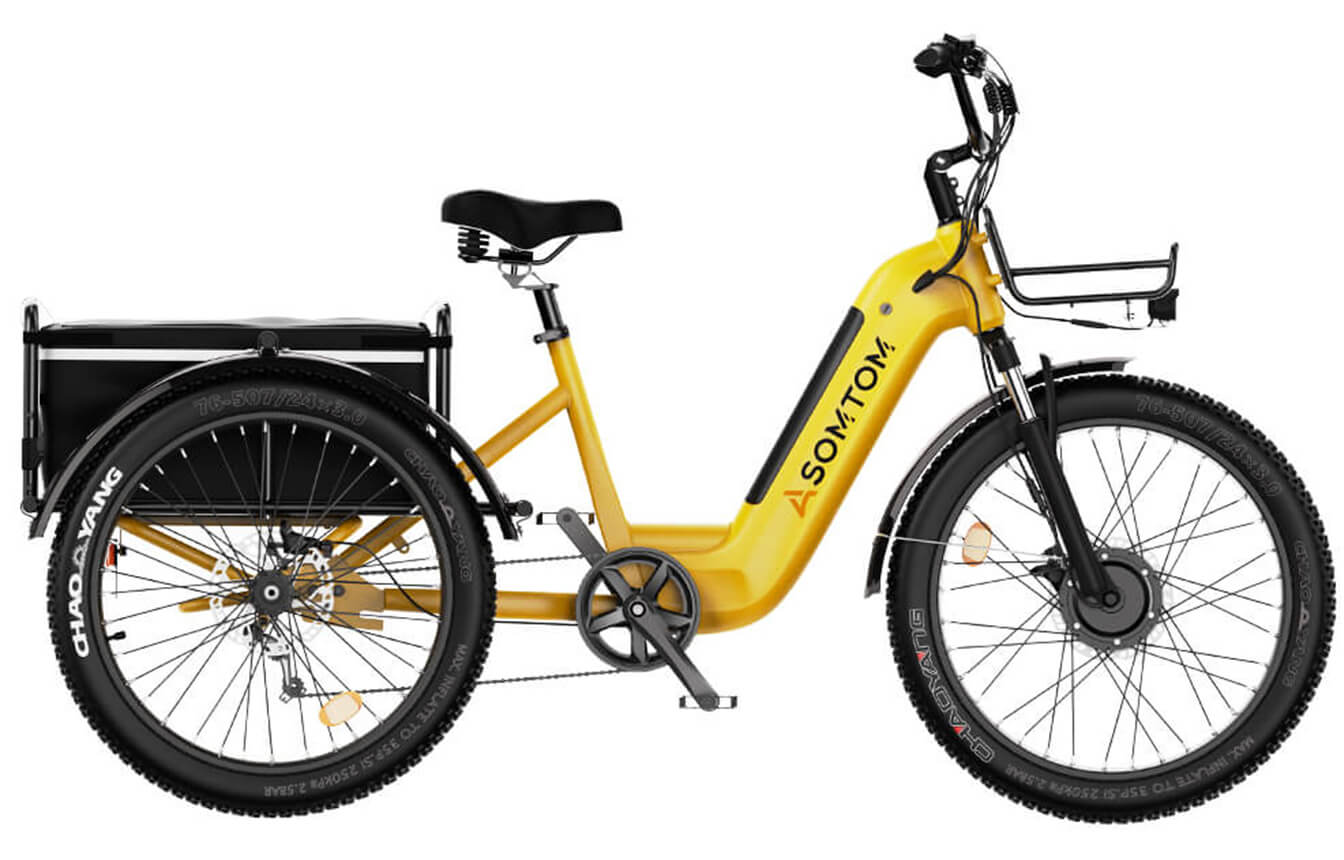







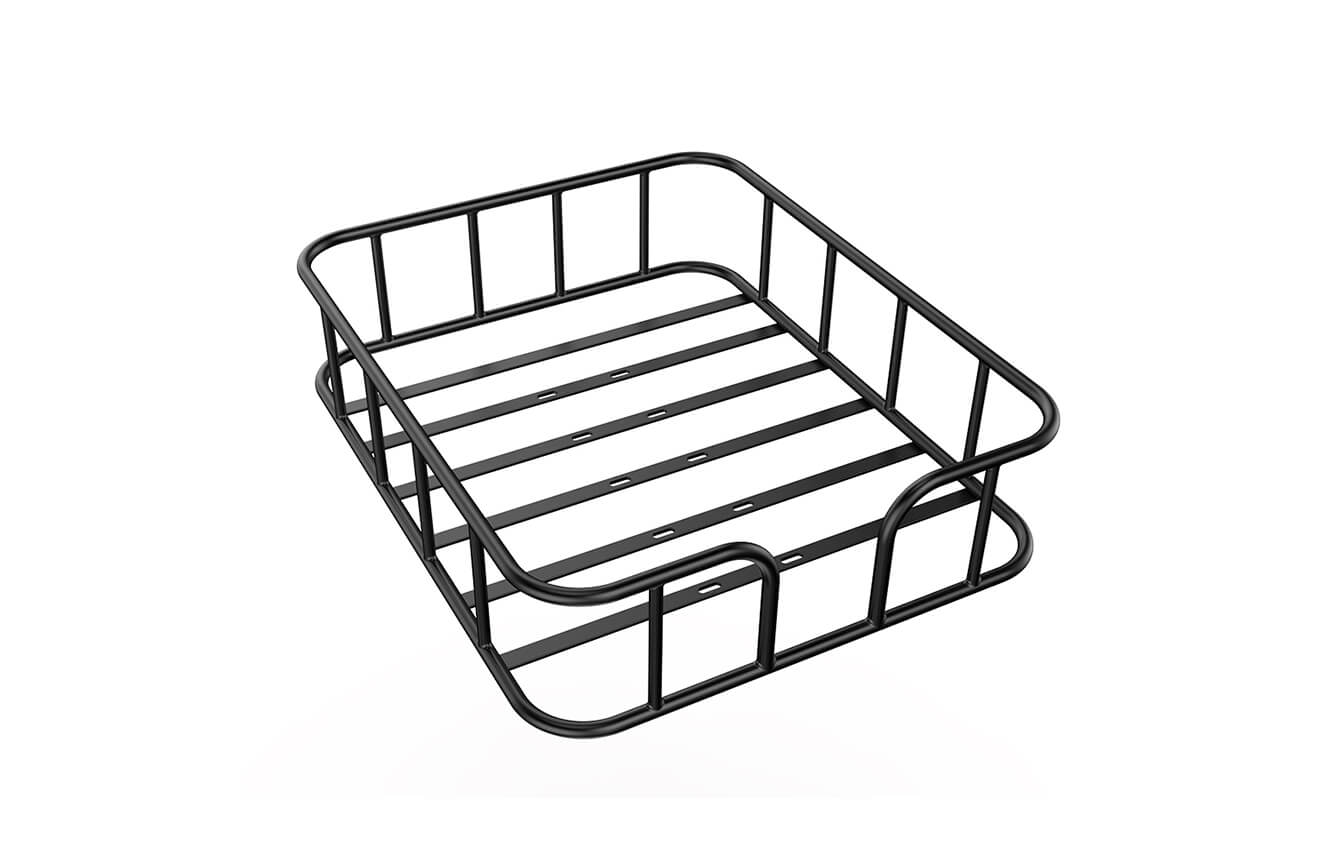

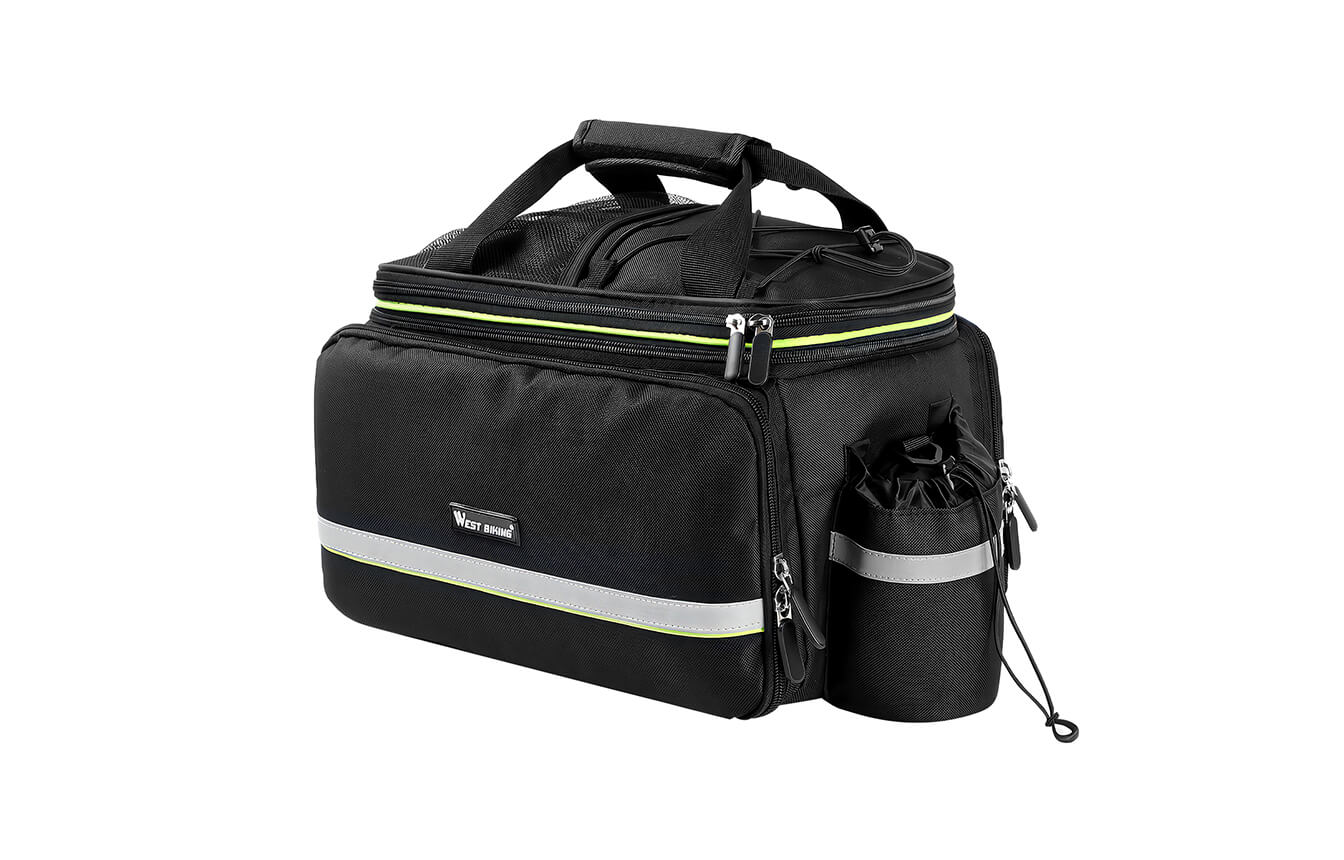
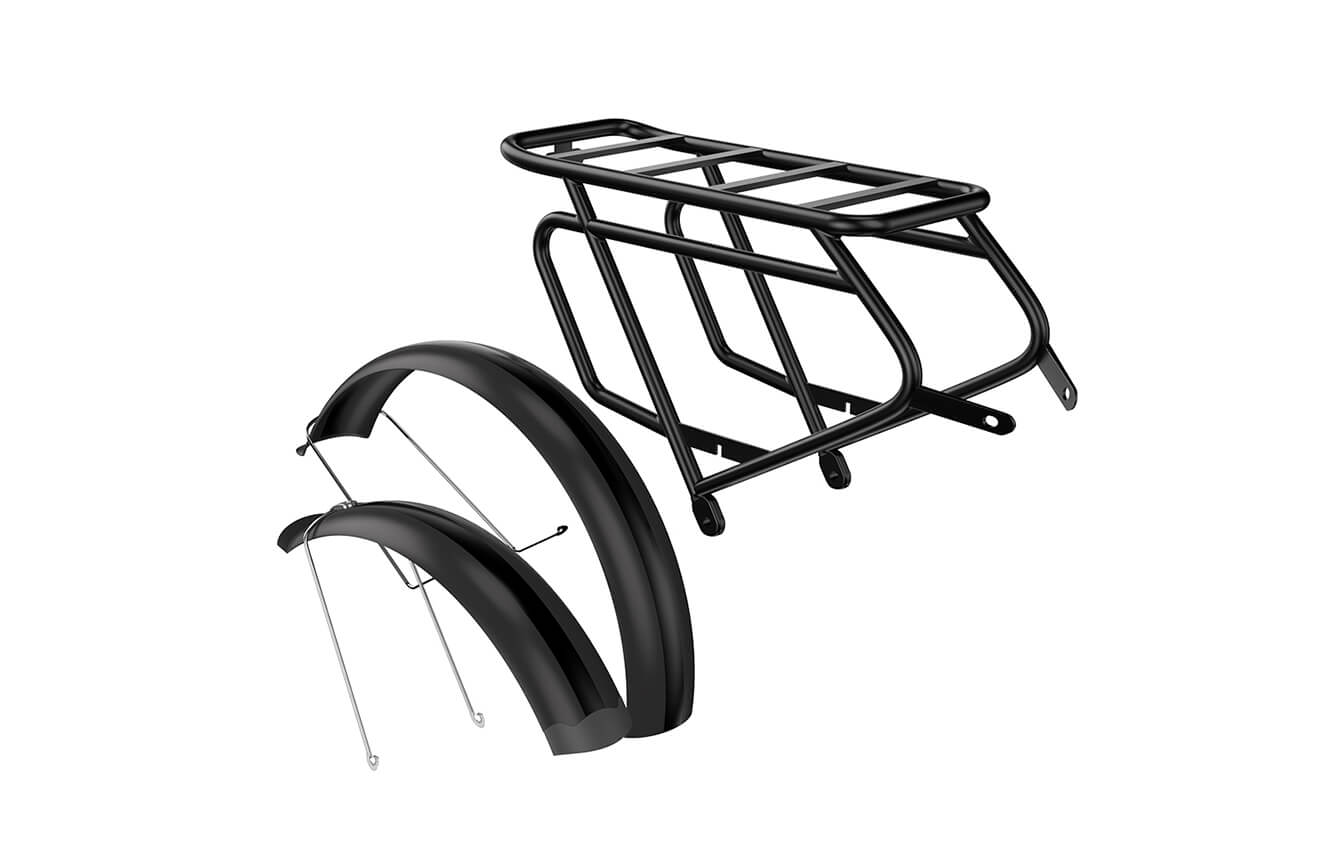
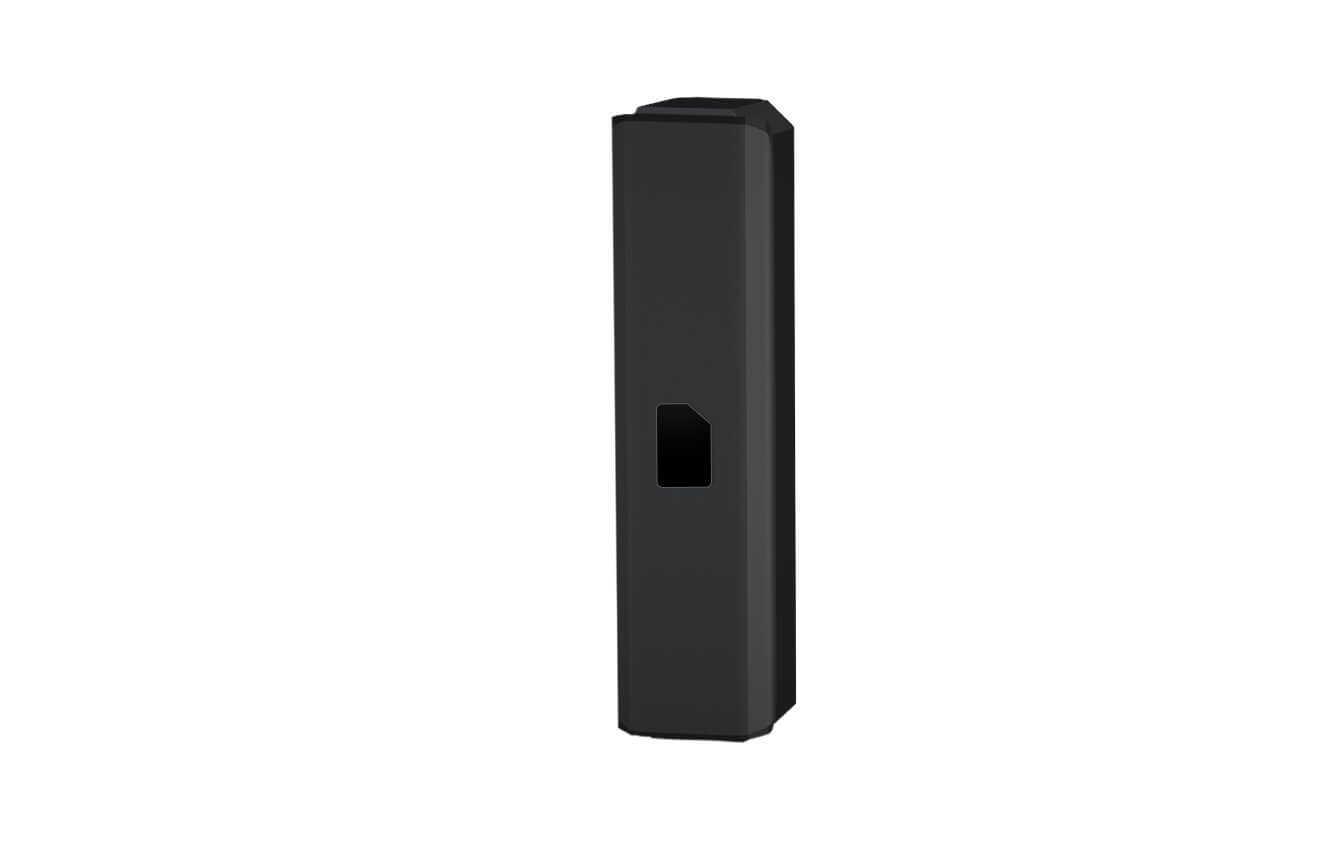
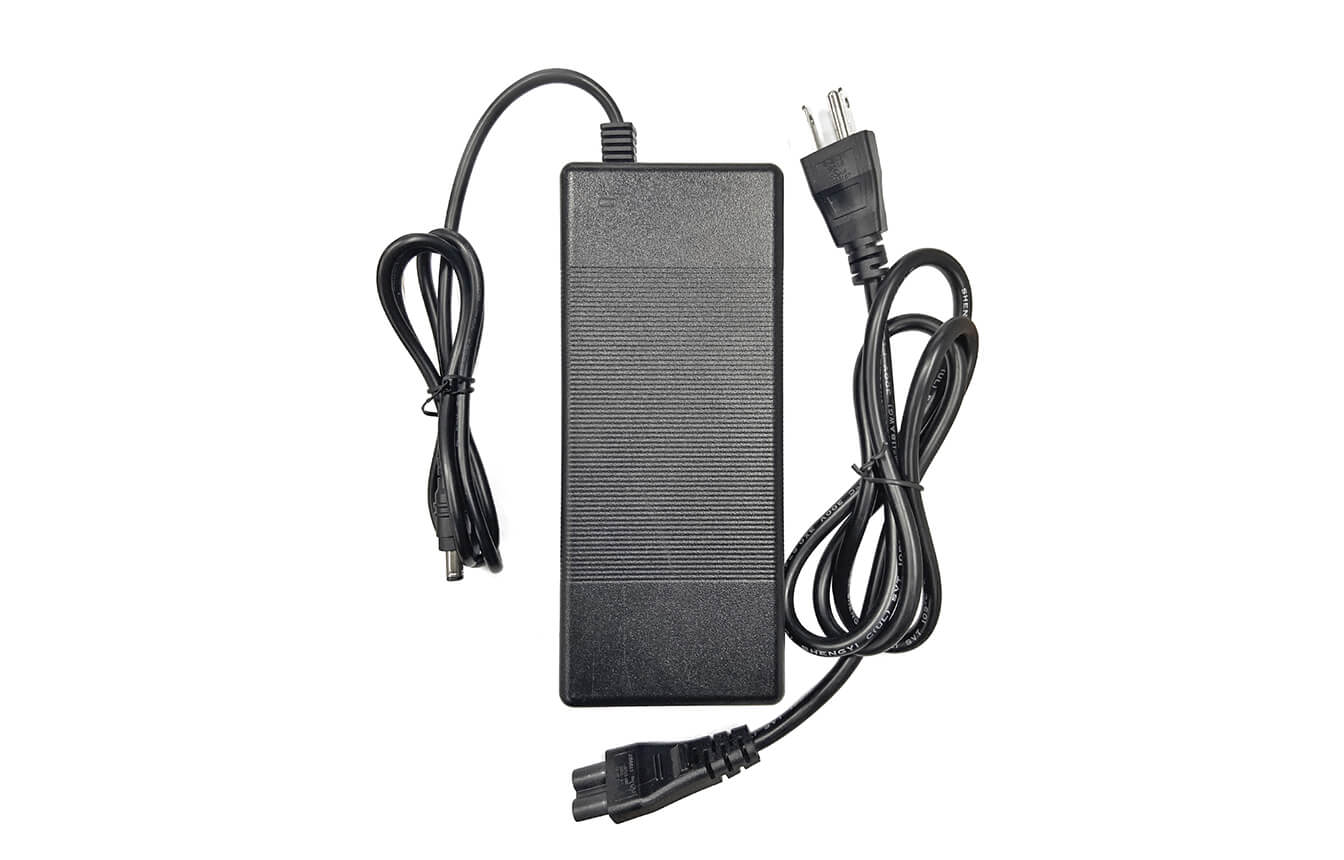
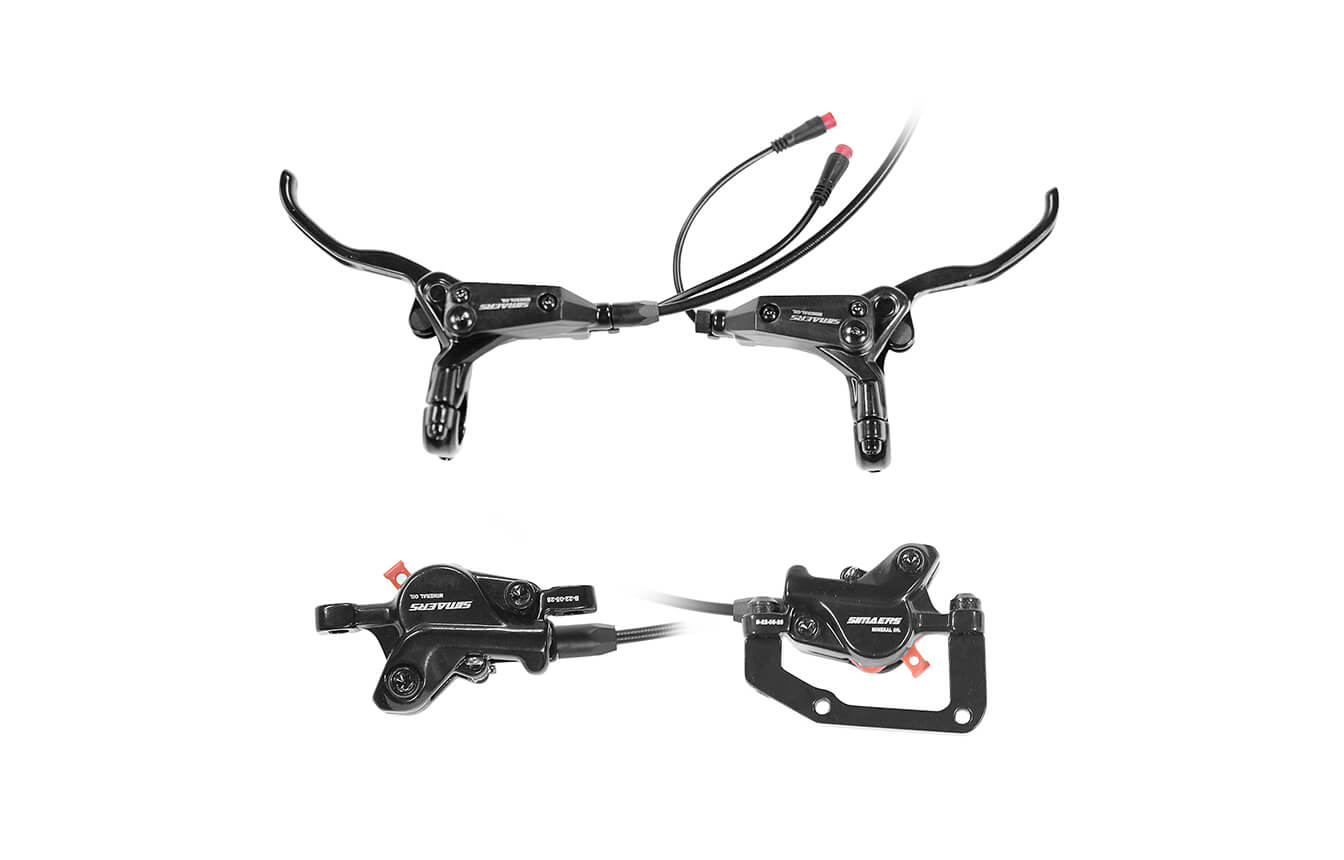
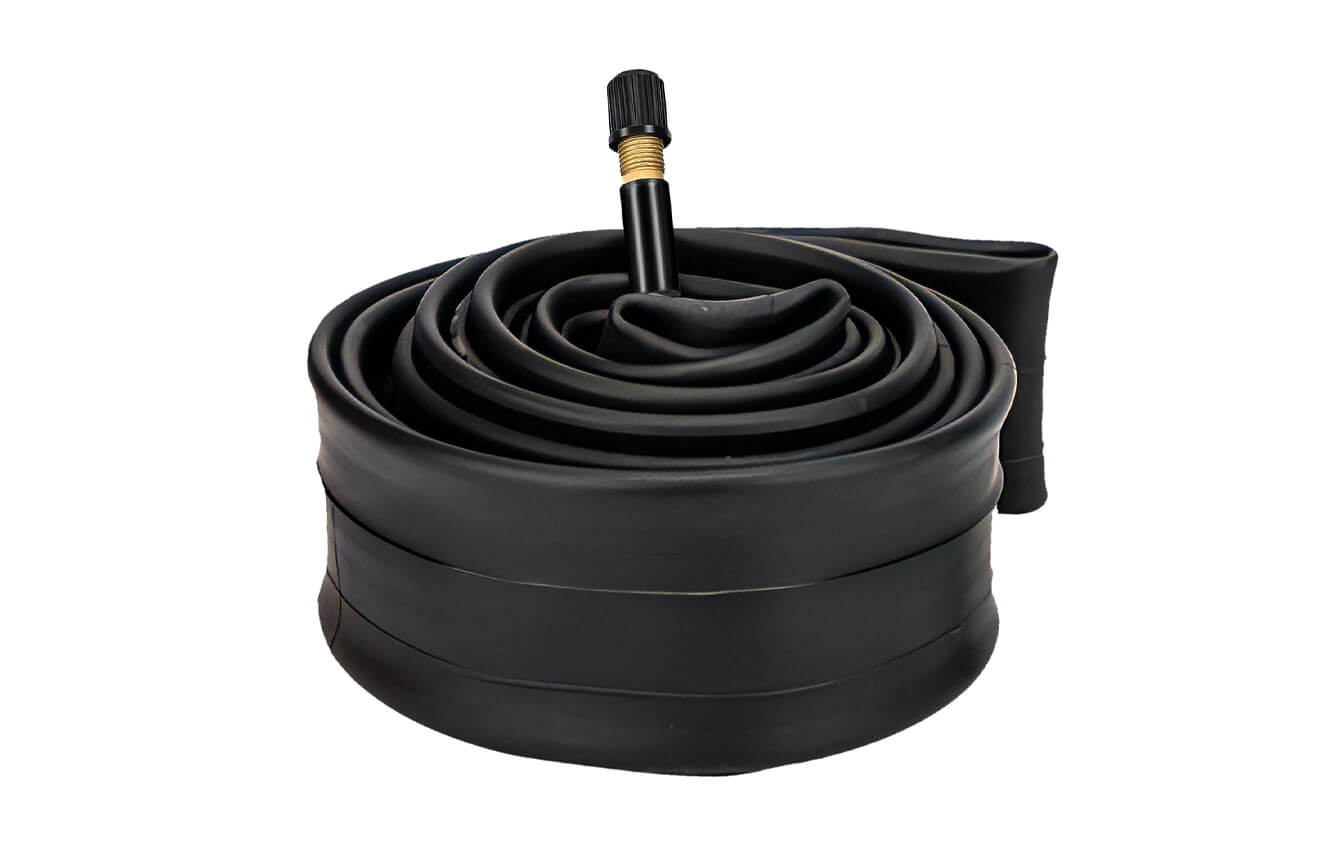






Leave a comment